The subtitle “Sea Eagles led by Penguins” already gives the suspicion that the writer, himself a fighterpilot from aircraft carriers in WO II, feels rancorous opposite to the by then naval aviation service direction (Flee Air Arm, FAA). Hence this book is written honestly ‘on the skin’, right from his hearth! After WO I the former Royal Naval Air Service and the Royal Flying Corps (Army Air Service) were in November 1918 merged to the independent Royal Air Force. For the Royal Navy this meant the leave of 55.000 officers and men with aviation – war experience! For the Navy it meant the complete leave of the future executive framework for aircraft carriers.
This book tells the story of the British Naval Air Service from 1912 till 1945, from 1918 in the hands of the new established RAF and in 1937 transferred again to the then renewed starting FAA. The, in the meantime in the higher RAF-positions arrived ex naval pilots, did not turn back to the FAA-ranks.
For a former crew member of ‘our’ aircraft carrier Hr. Ms. Karel Doorman (ex-HMS Venerable, launched in 1943, mentioned in this book) the story of the operations 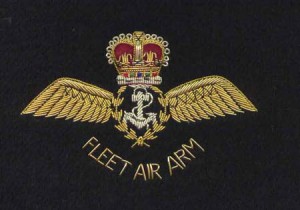 with aircraft from ships (‘real” Fleet Aircraft Carriers (FAC)) and all kinds ‘pieced together’ Merchant Aircraft Carriers (MAC) without a doubt interesting lecture. The author has even served on the HMS Collosus, sister ship of HMS Venerable, and complains about the terrible accommodation for the ‘junior aircrew’!
with aircraft from ships (‘real” Fleet Aircraft Carriers (FAC)) and all kinds ‘pieced together’ Merchant Aircraft Carriers (MAC) without a doubt interesting lecture. The author has even served on the HMS Collosus, sister ship of HMS Venerable, and complains about the terrible accommodation for the ‘junior aircrew’!
What is set out, very open heartedly (for a Brit!) is the big arrears in operational qualities of the British aircraft carriers direction (penguin thinking, having wings, but not flying) in comparison to the US Navy and the Imperial Japanese Navy (both Sea Eagle thinkers), which the Royal Navy had to experience very hard-handed and with dramatic losses in WOII. This sprang to notice in such a way that in a later phase the US Navy held off when the British, with their aircraft carriers, wanted to join the American efforts against the Japanese!
Next to his ‘grumble’ about the military – and political direction (even Churchill is not spared!) there are a few other story lines: How managed the new established FAA to get aviation crew?, from some posh ‘outstanding’ flight clubs the members offered themselves with tens at a time. That ‘outstanding’ did show. They could skip the ‘ab inito’ training and got right-o-way their ‘wing’ on the sleeve, above their ‘Wavy Navy’ (voluntary navy reserve) Sub Lieutenant stripe, stitched on! Further there was of course the inexhaustible men reservoir of the British Commonwealth working on those carriers! Totally unaware of what was awaiting them.
The most grazing example of that is the combined British-American landing at Salerno in 1943. It should have been a ‘walk over’ with the support of the FAA. Two FAC’s (big, speed 33 knots) and six MAC’s would leant air support. The FAC’s had the Wildcat of American make. This aircraft was developed purely for carrier use and has enormous flaps with which it can land almost vertical. The MAC’s had to do it with the British Seafire (Spitfire with a hook for carrier landing brake cable). This aircraft has a much higher landing speed, a minimum of 25 knots of wind over the carrier was needed for a save landing. A MAC could with tremendous effort reach 16 knots of sailing speed. You are guessing it right, there was hardly any wind during ‘Salerno’. The solution to let the Seafires land on the FAC’s and the Wildcats on the MAC’s apparently went above the penguin comprehension. Back to your own base! The result was that from the 180 Seafires 150 were lost, of which only 10 through German fire!
To make things even worse: the fleet direction (Penguins!) had accounted for two days of air support. Not necessary to tank up the ships for that. The German resistance appeared to be more persistent than expected. After two flying days the British had to stop their air support to the troops on the beach, which led to a lot of extra victims on the wall. See here the motive to the defending attitude in 1944 of the US Navy in the Far East, with regards to the accepting of the British support by the attack on Japan.
One and other lets unimpededly of course, that the FAA crews have shown enormous extra ordinary action and valour that fills – luckily- a big part of this book and is illustrated with great photo material. Summarised, a very open hearted report of a battle by which of the British and their Commonwealth-comrades may be said that they followed up to the letter the words of war leader Churchill ‘we shall not give up’. A recommendation for interested in aircraft carrier flight history.
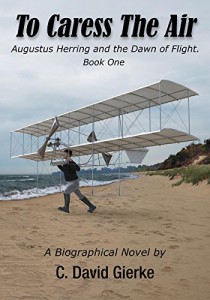
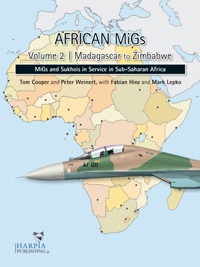





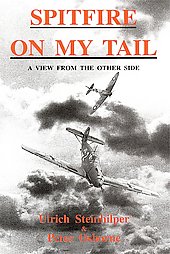
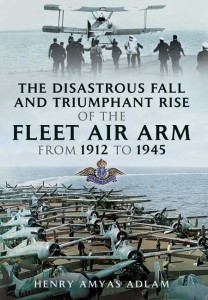



Leave a Reply